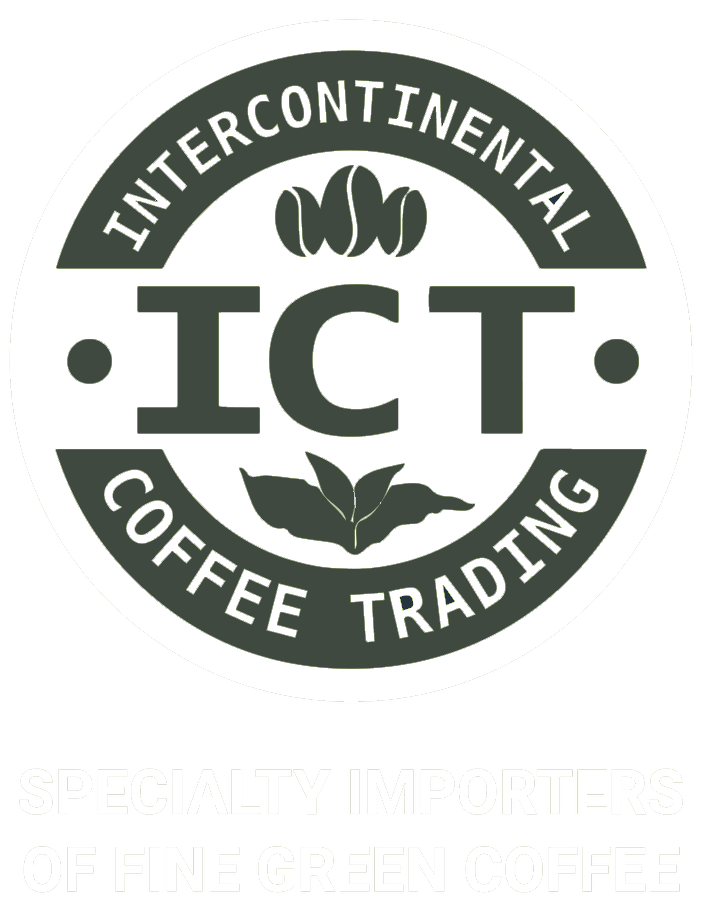Have you ever walked into a coffee shop, peered at the menu, and wondered what on earth single-origin coffee is? You’re not the only one. While single-origin coffee is cropping up in more and more trendy cafes and coffee shops, many consumers are still unaware of what it means, and why it’s more expensive than a usual cup of brew. Don’t worry, we’re here to explain all. We’ll look at what exactly single-origin coffee is, why it’s important, and why it’s expensive.
What Is Single-Origin Coffee?
Single-origin coffee means that the coffee beans are from one single producer, crop, mill, or region in one country. Often, the coffee is named after the community, farm, or co-op that produces the coffee. The label may then specify the estate name or specific lot or paddock that the coffee was grown in.
Single-origin coffee gives consumers a deeper understanding of the coffee they’re drinking. The most important part of purchasing single-origin coffee is its traceability. This is the fact that the buyer knows exactly where their coffee is from and that it’s a specific coffee rather than a blend. Single-origin coffee is more expensive than blended coffee as it’s usually of higher quality. Plus, there’s a bigger acknowledgment that the coffee is from a farm or crop located in a unique setting in the world.
The buyer knows more about the flavor and the origin of the coffee, learning of the characteristics of the specific area where that coffee was grown and the people behind the process. As single-origin coffee beans are picked by hand, usually in small farms by workers that are paid a fair wage, this also hikes up the price.
Prices usually start at around $15 for a 12-ounce bag and can price up to the mid-twenties depending on the coffee. Single-origin coffee is part of coffee’s third wave movement. This movement looks to recognize the value of coffee farms and the link between a coffee’s roots and how it tastes when it’s poured into the consumer’s cup.
As single-origin coffees trace back to a single farm, each possesses a distinct flavor based on the growing and processing conditions of that region. Various factors can influence the flavor of single-origin coffee. These include botanical variety, soil, climate, altitude, and shade.
What Is Blended Coffee?
Coffees that aren’t single-origin are referred to as coffee blends. As you can guess, these blends include more than one single-origin coffee. They’re brewed with different coffee bean crops from different farms, sometimes made up of coffees from around the world. For example, Ethiopian, Mexican, and Bolivian.
Other times they may be regional blends, such as from Northern Columbia and Southern Columbia. The very first coffee blend was the Mocha-Java blend. Mocha coffee beans sourced from Yemen were paired with Java beans from Indonesia. The two beans were combined because they were the only two traded coffees at that time, but the result was delicious.
This blend combined coffee from two completely different parts of the world and was popular for centuries! But, modern civil unrest in recent years in Yemen has made Mocha beans scarce. When you pop into a coffee shop to order a cappuccino or your favorite cup of coffee, unless otherwise stated, you’re usually served a coffee blend.
As coffee blends are ready to be served in large batches in coffee shops and cafes, this is one reason why they’re a cheaper option compared to single-origin coffee. Single-origin coffees, on the other hand, need to be served individually, taking up more time for staff.
The Popularity of Single-Origin Coffee
Single-origin is one of the types of coffee that has surged in popularity within recent years. Today, many coffee shops focusing on single-origin coffee have cropped up in various cities across the globe.
One of the main reasons for their popularity is due to their traceability. Today, consumers are becoming more and more educated with their purchases. And with a focus on human rights and food quality, people want to know where exactly their coffee is from. Single-origin coffees provide information on its source, such as the farm or land its grown on, the people behind the coffee, the climate it’s grown in, and the process behind the coffee, and many consumers take interest in the extra detail.
But, it’s important to note that as single-origin coffee is more expensive and takes longer to serve, it isn’t the coffee of choice for all consumers. Not all coffee-lovers care to pay extra for single-origin or are up for waiting the extra time it takes to brew from a house blend that’s ready to serve. For those who may prefer a quick and consistent experience, especially when they’re heading off to work or are in a rush, the time and money aren’t worth it.
Plus, coffee blends can still be delicious and offer a high-quality coffee experience.
Sampling Single-Origin Coffee
Anyone who enjoys drinking coffee should give single-origin coffee a go. At the very least, you can compare the distinctive taste of a single-origin brew to the blended coffee you’re used to. If you’re interested in comparing the unique qualities and tastes of coffees from all around the world, you’ll love experimenting with single-origin coffees.
Likewise, if you’re curious to try vibrant coffee flavors such as strawberry, jasmine, or cane sugar, your best bet is to try a single-origin option rather than a blend.
Discover our range of delicious single-origin coffees to start your journey!
